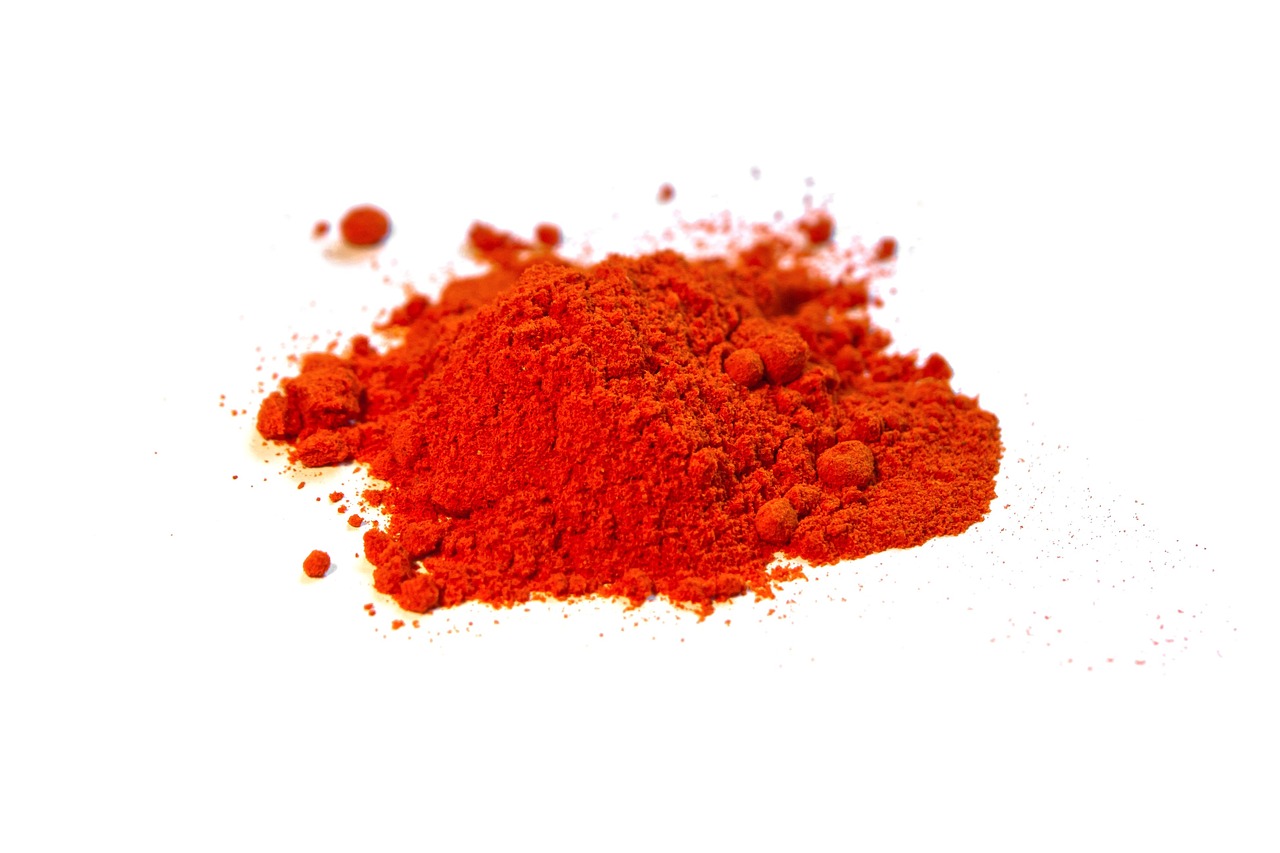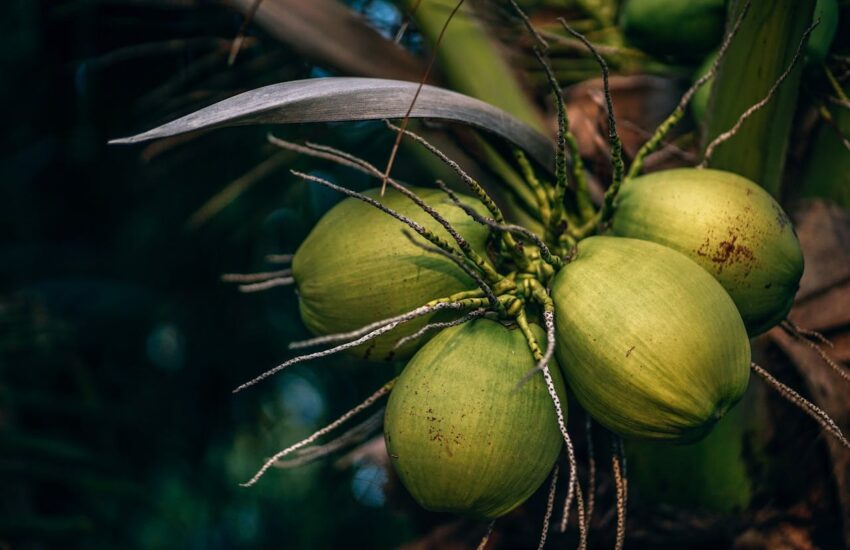Amazing Benefits Of Paprika
I’d be willing to bet almost everyone who got this email today has paprika in their spice cabinet.
It’s one of those ubiquitous spices we all have because tons of recipes call for it, and yet, most people have no idea that it comes from the red bell pepper and that steady inclusion of it in your diet could lead to some interesting health benefits.
Paprika is one of those spices that you would consider a staple based on its culinary merit, and now, I think it should be a staple based on its health benefits.
What Can Paprika Do For You?
Ok, let’s talk paprika.
It’s one of those spices that makes it in all kinds of recipes, from Indian food to Mexican food.
If you were to try and identify its flavor you’d be hard-pressed to describe it since it doesn’t have a very bold flavor.
As I mentioned paprika typically comes from the red bell pepper (I never knew) and it has a bunch of the benefits of pepper compressed into a very small package.
One of the main things paprika does is help your cells ward off the dangers of a myriad of potentially negative influences out there.
1- High in Antioxidants:
I’ve talked about antioxidants hundreds of times in my writing, and for good reason. They’re essential for guarding cells.
Paprika is high in antioxidants, including capsaicin, which can help reduce inflammation. Remember, inflammation on its own isn’t bad, but ongoing (or chronic inflammation), is something you don’t want.
As a result of helping to positively modulate inflammation, capsaicin can help reduce swelling, pain, and discomfort associated with inflammation. That means if you have consistent joint pain, or other kinds of bodily pain (and even brain fog), then capsaicin may help.
In addition to that, paprika is also loaded with vitamin A, which has anti-inflammatory properties and can help reduce inflammation.
2- Enhances Circulatory Function:
Circulation is everything to health, if your blood doesn’t move through your body quickly and effectively you won’t feel good.
Paprika can help to boost circulation simply owing to a few key nutrients.
As you know, paprika contains capsaicin, a compound that gives peppers their heat.
Capsaicin has been shown to have vasodilatory effects, which means that it can help to widen blood vessels and improve blood flow. This can help to improve circulation.
One of the obvious benefits of better blood flow as a result of vasodilation is it may reduce the risk of heart disease.
Other benefits of improving blood flow are that it can help reduce fatigue, increase energy levels, and improve overall health and well-being.
Dr. Axe wrote the following about another way it can help with your circulation:
“Paprika also contains capsanthin, which is touted, according to one study, as the main carotenoid in the spice. Little, however, is known about this antioxidant, especially in comparison to the other common antioxidants. As more research is done, one source found that capsanthin in paprika caused an increase in good HDL cholesterol, which is another way paprika can keep your cardiovascular system working well.”
Loading up on paprika’s a solid bet for increasing circulation.
3 – May Help Fight Cancer
Referring back to the first point (high in antioxidants), if you want to reduce inflammation you will want to ingest antioxidants regularly.
Free radicals are known to be one of the primary factors in the development of cancer, and the antioxidants in paprika can help to neutralize their harmful effects.
The reason it works so well, according to studies, is that paprika contains a handful of carotenoids, (the natural pigments that give the spice its red color) that exhibit antioxidant activity.
Carotenoids have been linked to a lower risk of cancer, particularly prostate, lung, and breast cancer. They are also known to have anti-inflammatory properties, which can help prevent chronic diseases.
A study published in the Journal of Agricultural and Food Chemistry found that paprika extract can inhibit the growth of breast cancer cells in vitro. The researchers suggested that paprika may have the potential as a natural anti-cancer agent.
And as breast cancer is a leading form of cancer amongst American women, there’s a good argument to be made for more of it in their diet.
In addition to carotenoids, paprika is also a good source of vitamin C.
Sure, we tend to think of oranges when we think of sources of vitamin C, but peppers also have it in bulk.
Vitamin C is essential for a healthy immune system and it acts as a powerful antioxidant that helps to protect cells from damage caused by free radicals.
And as a tablespoon of paprika contains 10-15% of your DV it’s not a bad way to get more vitamin C in the diet
What Should You Do to Get the Most Out of Paprika?
You probably won’t be surprised to hear that if you want to get the most out of paprika’s benefits, be sure to choose high-quality, organic paprika. That way you’re not absorbing potentially harmful insecticides or pesticides.
You can use paprika to add flavor and a little bit of heat to a wide variety of dishes, including soups, stews, and roasted vegetables. So, the next time you reach for that paprika shaker, remember that you are not only adding flavor to your dishes but also improving your circulation, immune system, and a variety of other factors for overall health.

